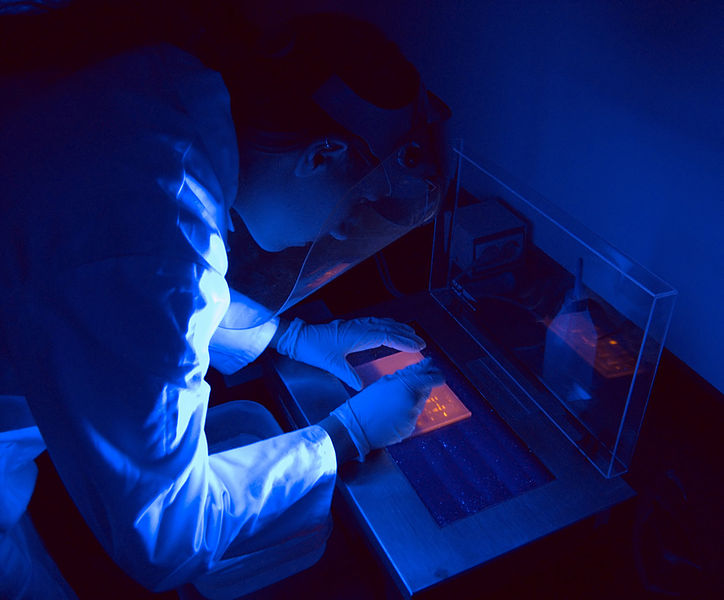Aggregated News

In 1884, at the International Health Exhibition in South Kensington, four million punters came to view the latest scientific marvels: drainage systems, flushing toilets and electrically illuminated fountains. There, the scientist Francis Galton set up the Anthropometric Laboratory, where common folk would pay 3d (around 80p today) to enter, and anonymously fill out a data card. Galton’s technicians recorded 11 metrics, including height, hair colour, keenness of sight, punch strength and colour perception, and the ability to hear high-pitched noises, tested via whistlesmade by Messrs Tisley & Co, Brompton Road. Over the course of a week, 9,337 people went home with some trivial information about themselves, and Galton amassed the largest dataset of human characteristics ever compiled up to that time – and a stack of cash.
There is nothing new under the sun. In the past decade, millions of punters have parted with their cash and a vial of saliva, and in exchange they received some information about their DNA. Our genomes are a treasure trove of biological data, and an industry has sprung up to sell products...



